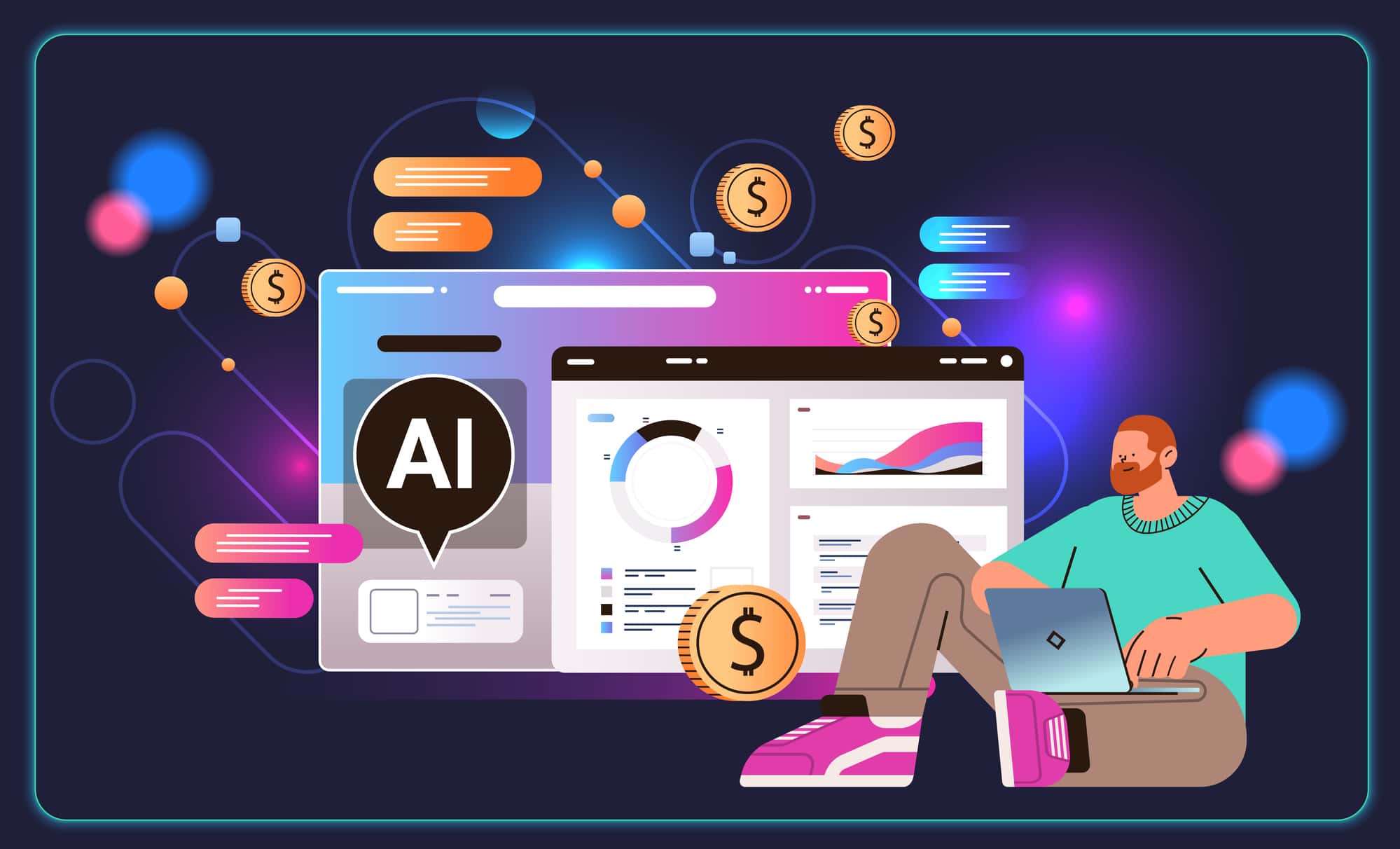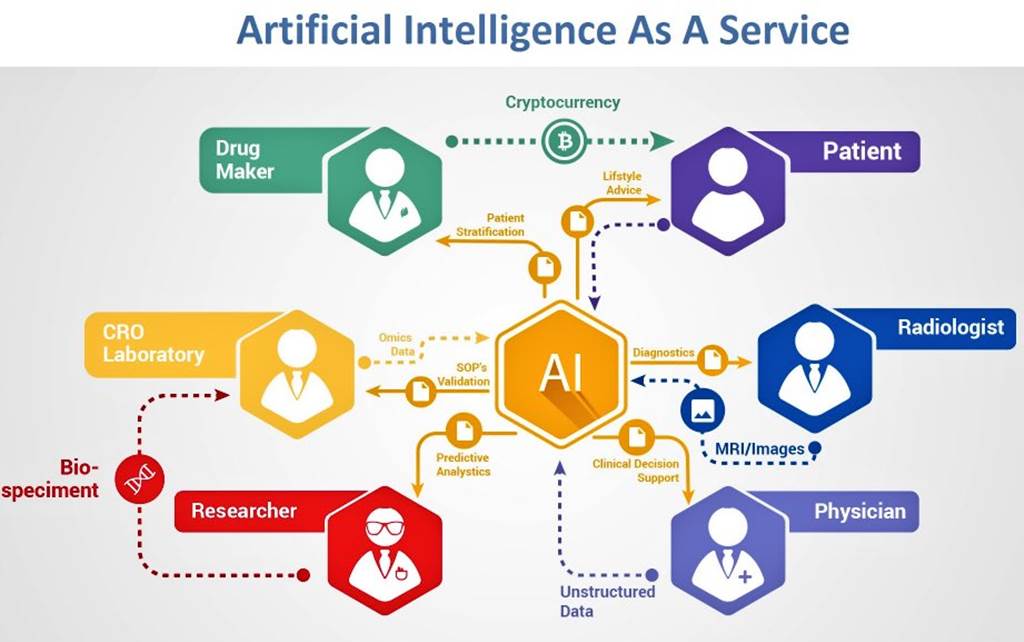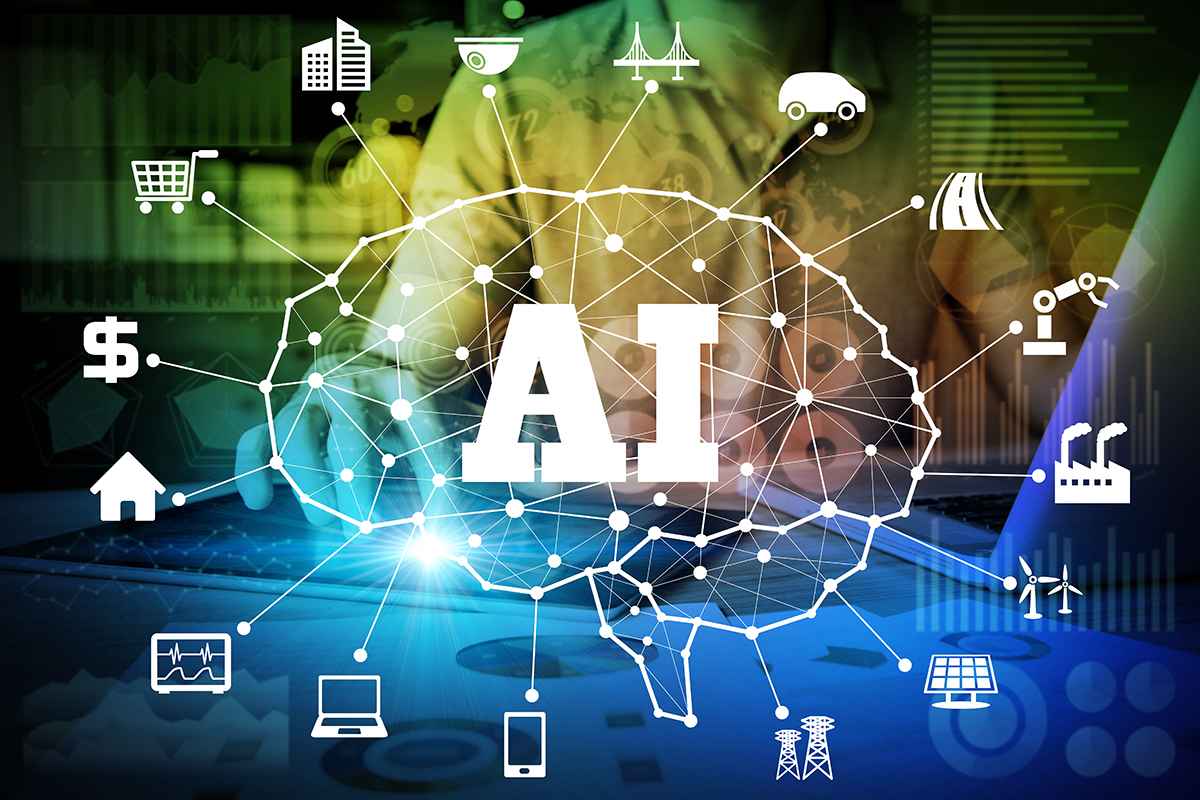Will AI revolutionize or ravage employment in developing nations? This question buzzes in the air as technology leaps forward. Will AI create or destroy jobs in developing countries? The answer is not simple. I’m here to cut through the noise and give you the facts. On one hand, AI brings efficiency and the promise of new jobs. On the other, fears of mass unemployment loom. In this post, I’ll analyze how AI might reshape job markets across the globe—from small towns in Africa to bustling cities in Asia. Let’s delve into AI’s double-edged sword and what it really means for workers in developing economies.
Assessing AI’s Expansion and Job Dynamics in the Developing World
The Dual Nature of AI Impact on Employment in Developing Nations
Does artificial intelligence steal jobs or create them? In developing nations, AI does both. Some jobs vanish but new ones crop up. Robots may replace people in simple tasks. Yet this same tech births jobs that never existed before. Think of workers who design machines. Or folks who manage AI systems.
AI brings new skills we need to learn. With these skills, workers can thrive in the new job market. Companies must teach their teams. Governments should back this learning too. This way, AI can boost work for everyone. The key is balancing tech with our human talents.
Tech changes are scary but full of promise. We must get ready for the jobs that are coming. This means learning and adapting fast. In the end, life will be easier, and new doors will open. But we have to walk through them together.
The Specter of AI-Induced Unemployment Concerns and the Reality Check
People fear robots taking their jobs. And the worry is real. In places with lots of farming or factory work, AI might cut jobs first. Yet, can robots do everything? Not always. They can’t replace human touch or think like us.
Also, more AI can mean safer work. Machines can do risky jobs instead of people. So yes, some jobs will go, but workers are safer. It’s a tough trade-off. We need to face these changes smartly. By teaching new skills, we can find bright spots in change.
AI could turn jobs that are dull into exciting ones. Picture a farmer using drones to boost crops. Or schools where learning happens with virtual help. These things are starting now. They show us AI can help people, not just take away jobs.
We look to the future, but let’s not forget today. People need work to live. So while AI grows, let’s also help workers stay strong. Let’s make machines our partners, not our replacements. This way, we all move forward. Together, let’s build a world where tech and humans grow side by side.
Job Creation Versus Displacement: Navigating the AI Revolution
Identifying AI Job Creation Prospects and Entrepreneurship Opportunities
Artificial intelligence can do amazing things for jobs in developing nations. How, you ask? Well, let me start by saying, in simple terms, AI can create more jobs than it takes. Yes, you heard that right. In places like Asia and Africa, there are new chances for people to start their own AI businesses. This means people can find new ways to make money and grow.
A good start is for locals to learn how AI can help their work. When they know how it works, they can come up with new ideas. These might be apps that help farmers or services that make healthcare better. The key is education. People need the right skills to make the most out of AI.
Next, think about the services that we all rely on daily. With AI, they can only get better. Think less waiting and faster help. And who will run these services? People from these very places. Jobs here don’t just disappear. In fact, they often need more people to manage the tech.
Automation in Low-Income Countries: Industrial Automation vs Manual Labor
Let’s switch gears and talk about factories and farms. Here, machines and AI are coming in fast. But there’s often concern about the shift from human hands to robot arms. Is it taking jobs away? Not quite. Instead, let’s think about it as change, not loss.
In many emerging economies, jobs that are hard and risky can become safer with robots. Yes, some jobs might go away, but new ones will pop up. People will work with machines, not be replaced by them. This is a chance to do less heavy lifting and more brain work. To make this work, folks need access to training to move from old jobs to new ones.
I’ve seen this first-hand in my visits to places like Latin America. There, people get it. They’re ready to learn and tackle change. So they’re not just standing by. They’re learning how to work with new tech. And it’s not about high-tech jobs only. Even simpler tasks are getting a boost from AI, making them better and easier.
In closing, let me assure you, AI won’t just take jobs away. Instead, it brings a chance for growth and better work in low-income countries. It’s about getting ready and making the most of this AI wave. Because, when handled right, AI could lead us to a future of work that’s not just bigger but smarter and fairer for all.
Strategies for an AI-Integrated Workforce in Emerging Economies
Skill Development Initiatives for the AI Era
AI is changing how we work, especially in places with growing economies. To get ready, we need strong plans for teaching new skills. This means schools and job training must focus on what AI can’t do well. Skills like problem-solving and working with others will be key. We must also learn to use AI tools for better job results.
Teaching kids about AI starts early in school. Teachers must show how AI helps in real life. For instance, using a program that helps make smart choices in farming, or one that can figure out what’s wrong with a sick person. This helps them see how AI improves lives.
Workers already on the job need new skills too. Programs that offer training after school or work can help. They teach how to work with AI tools, not against them. This way, jobs change but people can keep working. They learn to use AI for bigger tasks while keeping the personal touch AI can’t give.
Focus areas for skill training include AI basics, how it helps in different jobs, and how to stay safe online. It’s not just about learning to code. It’s about understanding how AI fits into the real-world work we do every day.
Automation Resilience: Re-skilling for AI-related Jobs and Overcoming the Digital Divide
AI brings new tech to places that used to do things the old way. This can be hard for workers who’ve done the same job for years. But, there’s hope. Re-skilling lets workers take on jobs that AI will need humans for. Think robot repair, or designing new AI systems. Even jobs that mix AI and human touch, like in healthcare or customer care.
To beat the gap between tech and people without it, we must act. Everyone needs access to the internet and computers. Big cities might have it, but small towns or out-of-the-way places often don’t. By spreading tech and teaching how to use it, we can close this gap.
Think of a farmer in a small village. If they learn to use a smartphone app to check weather or crop prices, they make smarter business moves. Or a worker in a factory, if they learn to run an AI-driven machine, they stay needed. This helps them and the business to grow.
Here’s the thing: AI doesn’t have to take jobs. It can also make new ones. But cities and towns need to bring tech training to the people. Only then can everyone have a fair shot at the work of tomorrow.
Getting ready for AI’s growth means facing big challenges, yet there’s room to grow and win. By focusing on skills we need for the AI era and making sure everyone, everywhere, can learn, we set up for success. We take hold of AI’s promise and bring better jobs and lives to people in every corner of our growing world.
The Geographic Variations of AI Impact on Workforce and Economy
AI and Future of Work: Diverse Responses from Africa, Asia, and Latin America
Folks often ask, “Will AI take jobs away in developing nations?” The answer is yes and no. Places like Africa, Asia, and Latin America react to AI in different ways.
In Africa, AI is shaping the job market. It is creating tech jobs and boosting farm work. AI devices help farmers know when to plant and harvest. This info increases crop sales. Cities are seeing new jobs in AI too. Still, some worry AI in factories could replace people.
Asia faces similar choices. Here, tech is big, and countries must decide how AI fits in. Some regions focus on making AI to sell to the world. Others train workers to use AI. This move can keep jobs at home.
Latin America shows a mix of these trends. Countries there are using AI to solve local problems. They make jobs by working on machines that help their needs. This includes tasks like helping doctors or tracking weather for crops.
Overall, AI can help these areas grow. If countries plan well, AI can make more money and jobs. They can use machines but still have tasks for people. Good planning and training are key.
AI’s Role in Economic Development and Enhancing Productivity in Developing Markets
AI’s part in growing economies is large. It can make companies do better and faster work. This boost means more goods and services, and in turn, more jobs.
With AI, a shop can track what it sells in no time. The shop can then meet buyer needs better. This could lead to hiring more workers to handle increased demand.
In other fields, AI’s role is just starting. Take doctors and nurses. With AI, they can treat more people every day. This need can bring more health jobs to less rich places. By doing routine tasks, AI can give them time for harder ones.
Another way AI helps is by giving folks new ways to earn. People can now start online businesses with AI’s help. Again, for this to work, training is needed. People must learn to use AI well. This learning must happen fast to stay ahead.
In short, AI has a big role in economic growth. It can push productivity if handled right. It’s all about balance — using AI to help, not hurt, the job market. So, AI can be a tool for success in developing countries. It all comes down to smart choices and strong training.
In this post, we’ve explored how AI is changing work in the developing world. We saw the good and bad sides of AI on jobs. Countries face job loss fears, but AI can also spark new work and growth. We checked out job options AI might create and ways it changes industry work. We then looked at how to get ready for an AI future. This means teaching new skills and making sure no one is left out. We also saw that AI’s effects vary in different places, from Africa to Asia to Latin America. Every region has its own story with AI.
I believe embracing AI, while also readying workers through education, can lead to growth and better jobs. Countries that manage AI well can help their economies and people thrive. Let’s prepare, adapt, and use AI to build a brighter job future together.
Q&A :
Will AI have a positive or negative impact on employment in developing countries?
The impact of AI on employment in developing countries can be both positive and negative. On one hand, AI can create new job opportunities in tech-related fields and improve efficiency in various sectors. On the other hand, there is a risk that AI will automate jobs that are currently performed by humans, potentially leading to job displacement. It’s important to consider how these countries can adapt their educational systems and economies to leverage the benefits of AI while mitigating the risks.
How can developing countries prepare for the changes AI will bring to the job market?
Developing countries can prepare for AI-related changes by investing in education and training programs that focus on skills complementary to AI and technology. Encouraging innovation and supporting the growth of the local tech industry can also help create new job opportunities. Additionally, developing sound policies that address labor market shifts and offer social protection can assist in the transition.
What types of jobs are most at risk from AI automation in developing countries?
In developing countries, jobs that involve routine tasks and low-skill activities are most at risk from AI automation. These can include roles in manufacturing, data entry, customer service, and certain agricultural processes. To mitigate these risks, there is a need to focus on skill development and create job opportunities in areas where AI can augment human abilities rather than replace them.
Can AI spur economic growth in developing countries?
AI has the potential to spur economic growth in developing countries by improving productivity, creating new industries, and enhancing the delivery of public services. By automating time-consuming tasks, AI can free up human labor for more creative and complex tasks, leading to increased efficiency and economic diversification. However, to realize these benefits fully, investments in infrastructure, education, and regulatory frameworks are necessary.
What role can government policy play in ensuring AI benefits job growth in developing countries?
Government policy can play a crucial role in ensuring that AI contributes to job growth in developing countries by crafting regulations that encourage innovation while protecting workers. This may include providing incentives for businesses to invest in AI responsibly, updating education curricula to include tech skills, ensuring a fair transition for workers displaced by automation, and supporting the creation of new industries where AI can be leveraged for economic development.


